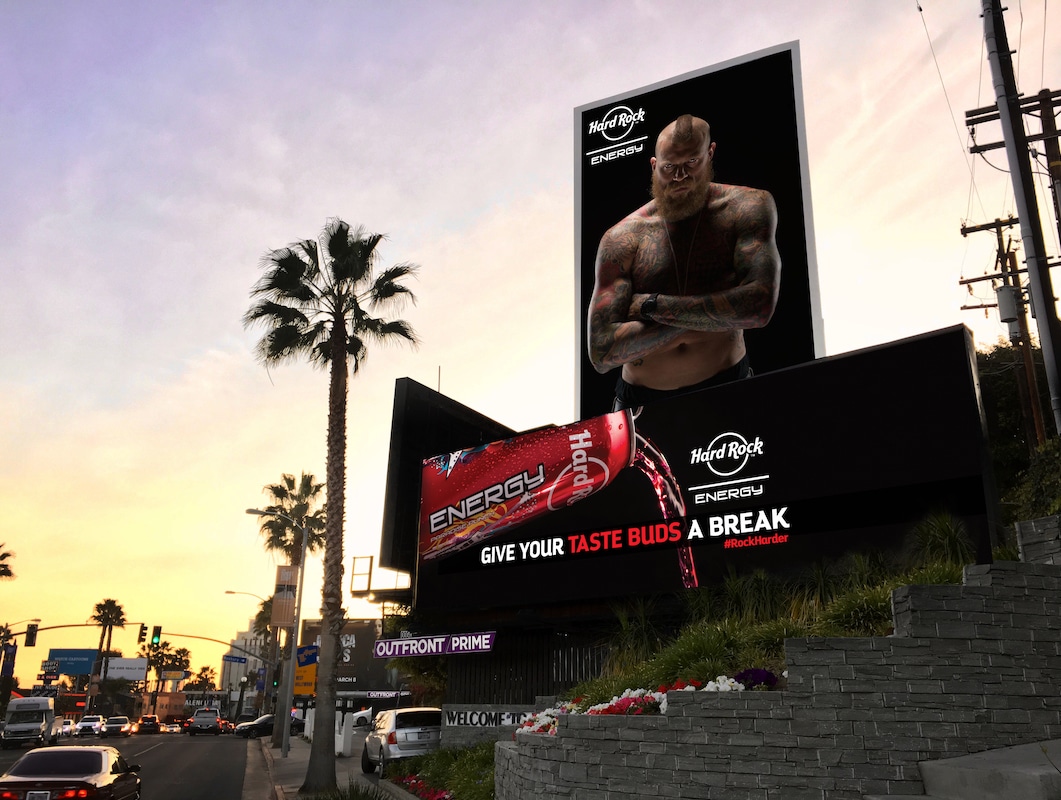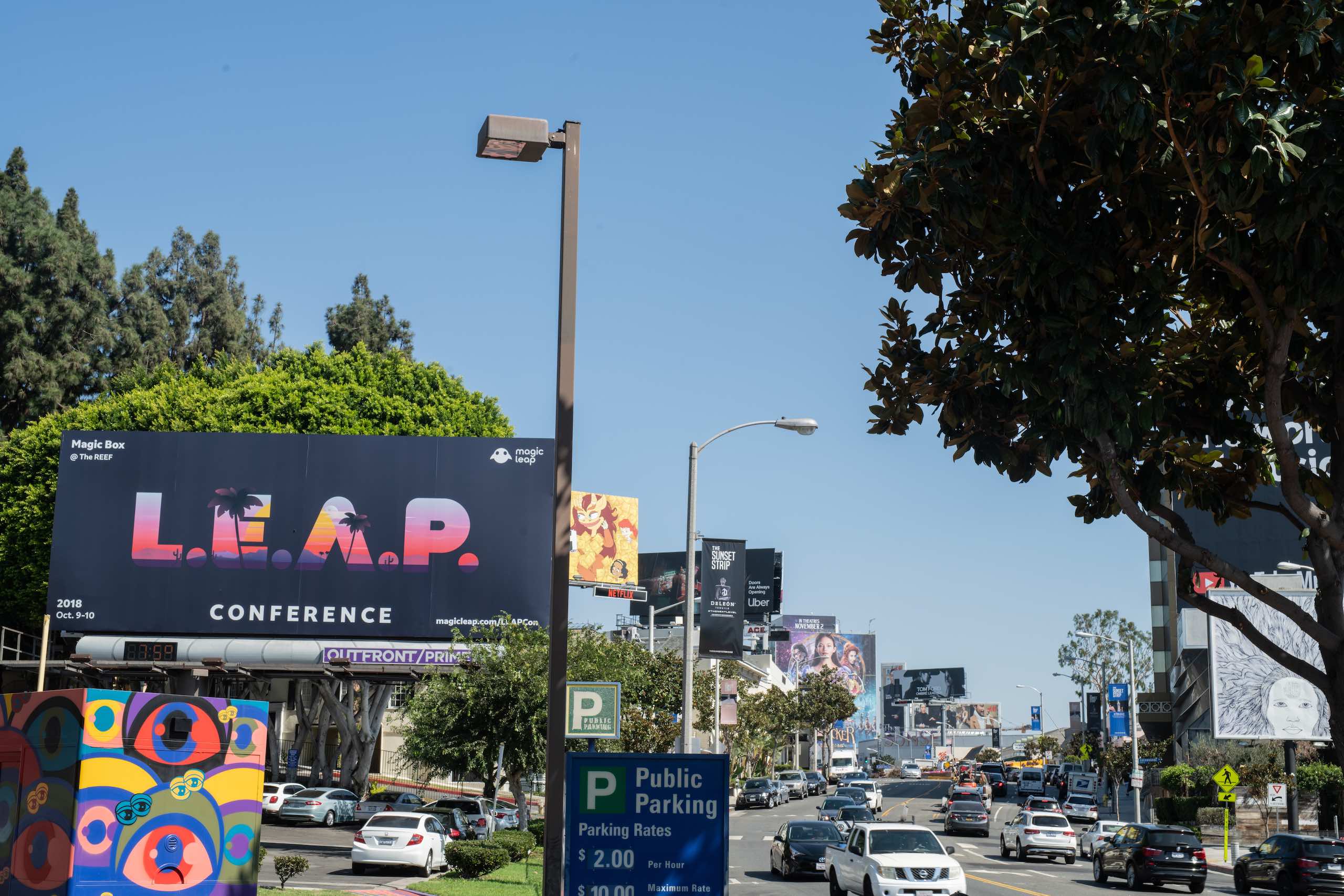The 6 essential steps of a powerful advertising campaign
An advertising campaign is the most valuable marketing tool you’ll have in building your brand and your sales. Planning is key to creating an effective advertising campaign. Follow these top 6 steps to bring your message to life, get it in front of the right target audience, and get the most from your advertising and marketing budget.
Learn about these six steps to a successful advertising campaign.
- Determine your advertising goals
- Identify your target audience
- Set your advertising budget and optimal campaign timing
- Determine the advertising channels you’ll use.
- Create your message and design your creatives.
- Measure and analyze your results.
Determine your advertising goals.
This first step is the most important. In simple terms, ask yourself why you are running this campaign. What are your goals? Advertising campaigns are run for many reasons. Here are some common campaign objectives
- Finding new customers – Are you expanding into new markets or verticals, are targeting a new demographic?
- Building your brand awareness – Branding is critical to the success of any company. It is your statement and promise, both visually and intellectually, of what your company stands for. Your branding tells your potential clients what they can expect from you.
- Launch a new service or product – Are you expanding your services and products and launching or promoting these new products?
- Take advantage of seasonal opportunities – Many retail companies rely upon seasonality for the lift they need in product sales and will allocate much of their marketing dollars and efforts to these peak times. Some examples are Black Friday, the Christmas season, Cyber Monday, Presidents Day, or back to school.
- Your overarching goals – Regardless of your goal, your overarching goal of any campaign should always be to reach the right people with the right message at the right time, and get them to take action.
When setting your campaign goals, be sure to set very specific expectations and goals for your campaign. What is your sales goal, your impressions, or other results you are looking for? What would a successful campaign look like?
Identify your target audience.
Knowing your target audience will inform many decisions you’ll make about your advertising campaign. Look back to your stated advertising goal to help with this targeting. Are you targeting your current users, attracting influencers, or talking to the general consumer market?
Some examples of target audiences:
- Expanding into new geographic markets.
- Introducing a new product or service.
- Building brand awareness and reinforcing what it stands for.
Research and learn from your competition. Analyze what the leading brands are doing. Look at their messaging for clues to your competitive advantage.
Segment your audience so you can speak to them in precise and personal terms. If you are talking to everyone, you may not be resonating with anyone.
Look for ways to take advantage of any opportunity to learn from your current customers. Find out they chose your product and what their impressions were. Always read your reviews and look for nuggets you can use in your promotion. Learn from your customer service team. What are your customers’ pain points, and what do they want from you? This will be your key to targeting your best prospects. In a nutshell, you want to know who your ideal buyer is, why they buy from you, and what they think of your products.
Set your advertising budget and optimal campaign timing
Again your campaign goals will drive your budget decision.
Are you running a holiday promotion that accounts for a substantial amount of your annual revenue or launching a continuous campaign to build your brand?
A full-service creative agency can be the best one-stop shopping to get the best and most comprehensive result for your advertising campaign. The right agency brings an entire team of talent. It can help define the campaign, and campaign goals will bring all the resources you’ll need like models, video equipment, creative direction, and can bring your vision to life in a way you can use again and again.
If you are creating and implementing an advertising campaign on your own or working with freelancers, remember to
consider all costs like copywriting, design as well as the paid media when setting your budget.
Look at each advertising channel and consider how you can leverage a mix of organic (free) promotion and paid promotion such as Google or Facebook ads.
You will start the campaign with a detailed budget but carefully monitor each channel and be prepared to adjust. The great advantage of digital advertising is the ability to test and quickly adapt your messaging and mix.
Decide on which advertising channels will best reach your target?
Once you understand your target, it is simple to create your media mix or a combination of media used, and each’s timing and frequency. Where does your target audience hang out? Be sure your tactics align with your target audience.
Consider whether you will create a hub such as a landing page or microsite to focus on what action or step you want your audience to take. Another tip is to consider rolling out in phases to gain learning as you go and adapt accordingly. If one channel is outperforming the rest, be prepared to adjust.
Social media can be great for word-of-mouth and cost-effective. Just be consistent across all channels to create a synergy where the whole is greater than the parts.
Create your campaign message and design your creatives.
Use simple, relevant messaging to get your message out in a clear way. You may want to adapt messaging for specific segments, but your overall branding and messaging should be consistent in all channels.
Some tips for creating effective messaging:
- Your creative should be designed to bring your product to life. Show the transformation your users will have, the end result they can expect, and how it looks in use.
- Think in terms of the results your buyer will get and not your product features. Use the power of emotion to show or tell the audience how the product will satisfy a need. Talk benefits and use powerful and emotional buying motives.
- Look for consistency in fonts, logos, layouts, and color.
- Use the same spokesperson, catchphrases, or music.
- Think carefully about the content, the structure and format, and the channel.
- What is your unique value proposition (UVP?) This is the key to your product differentiation and often becomes part of your headline or slogan.
- Be sure to adhere to any regulatory standards – FTC, FCC, FDA, that may apply to your product or media.
- Spend the time to get your headline right. Your headline is critical to your success and works the hardest.
- Don’t forget a call to action. What exactly do you want your audience to do next?
Measure and analyze.
Did you reach your goals? What worked and what didn’t work. What did you learn?
You set your goals upfront in terms of how to measure your campaign’s effectiveness. Carefully analyze each channel separately.
With digital marketing, we can measure most everything. Take the time to create a “post mortem” report to have a blueprint moving forward. Do more of the good stuff and learn from the stuff that didn’t work. If your campaign was not sales related, consider a survey to your target to see if they understood their message, if it was compelling, if it did their job.
Marketing is about learning. Follow these six steps to make your next campaign your most successful campaign.




